Yellowstone National Park draws millions of visitors annually to its iconic geysers, prismatic springs, and abundant wildlife. Yet beyond the park’s boundaries lies a remarkable landscape equally deserving of exploration: areas where crowds thin out, and wilderness experiences become more intimate, more authentic.
Here is a list of 20 exceptional off-grid destinations surrounding Yellowstone where adventurous travelers can discover natural wonders, historical sites, and cultural experiences that escape the attention of most park visitors.
Sawtell Peak
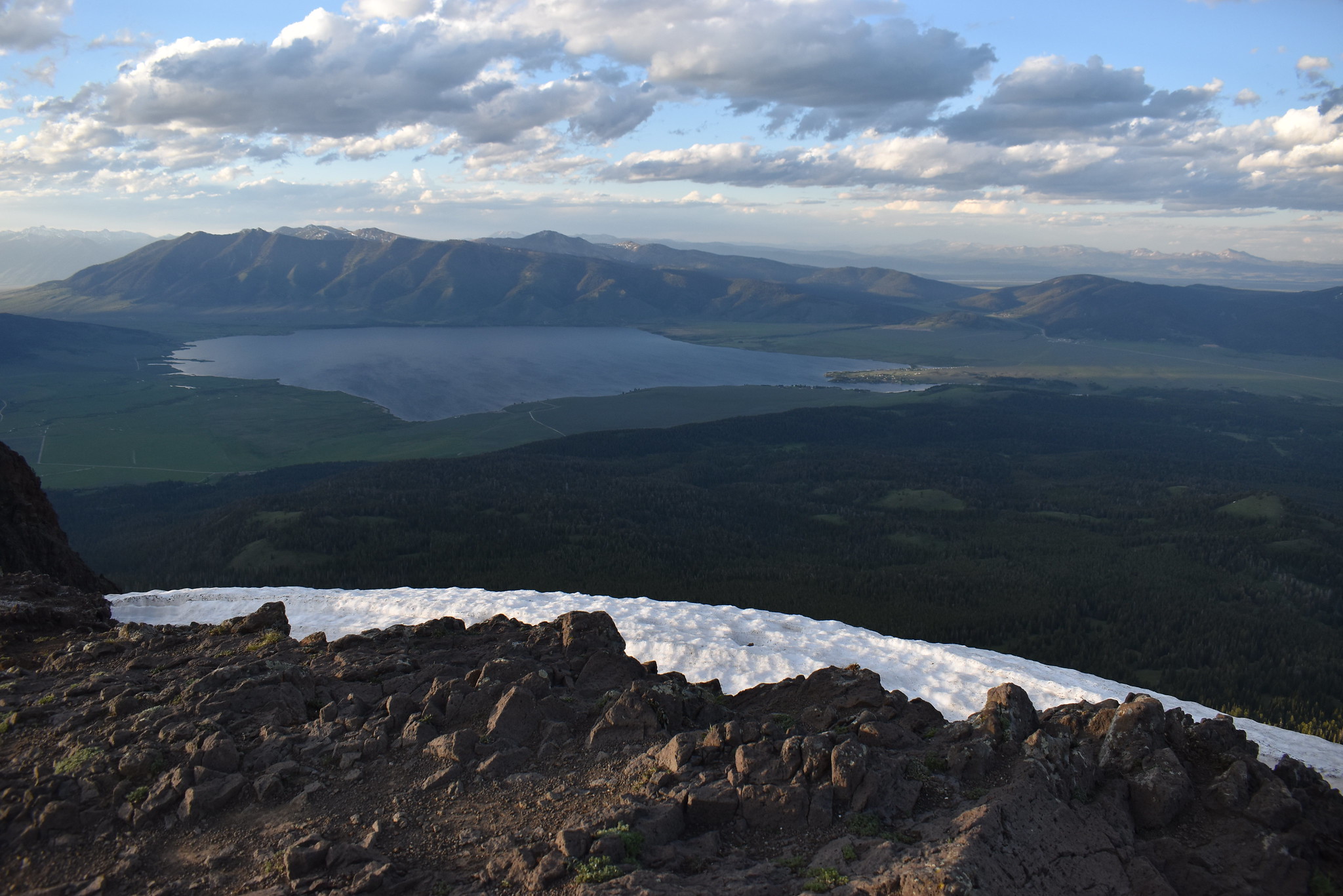
This summit near Island Park offers panoramic views across eastern Idaho, western Wyoming, and Montana from a single vantage point. The well-maintained gravel road to the peak passes through meadows of summer wildflowers before reaching the summit’s communication towers and lookout points.
Morning visits often reveal remarkable temperature inversions where valley fog creates the illusion of floating islands as surrounding peaks emerge above the mist.
Gravelly Range Road
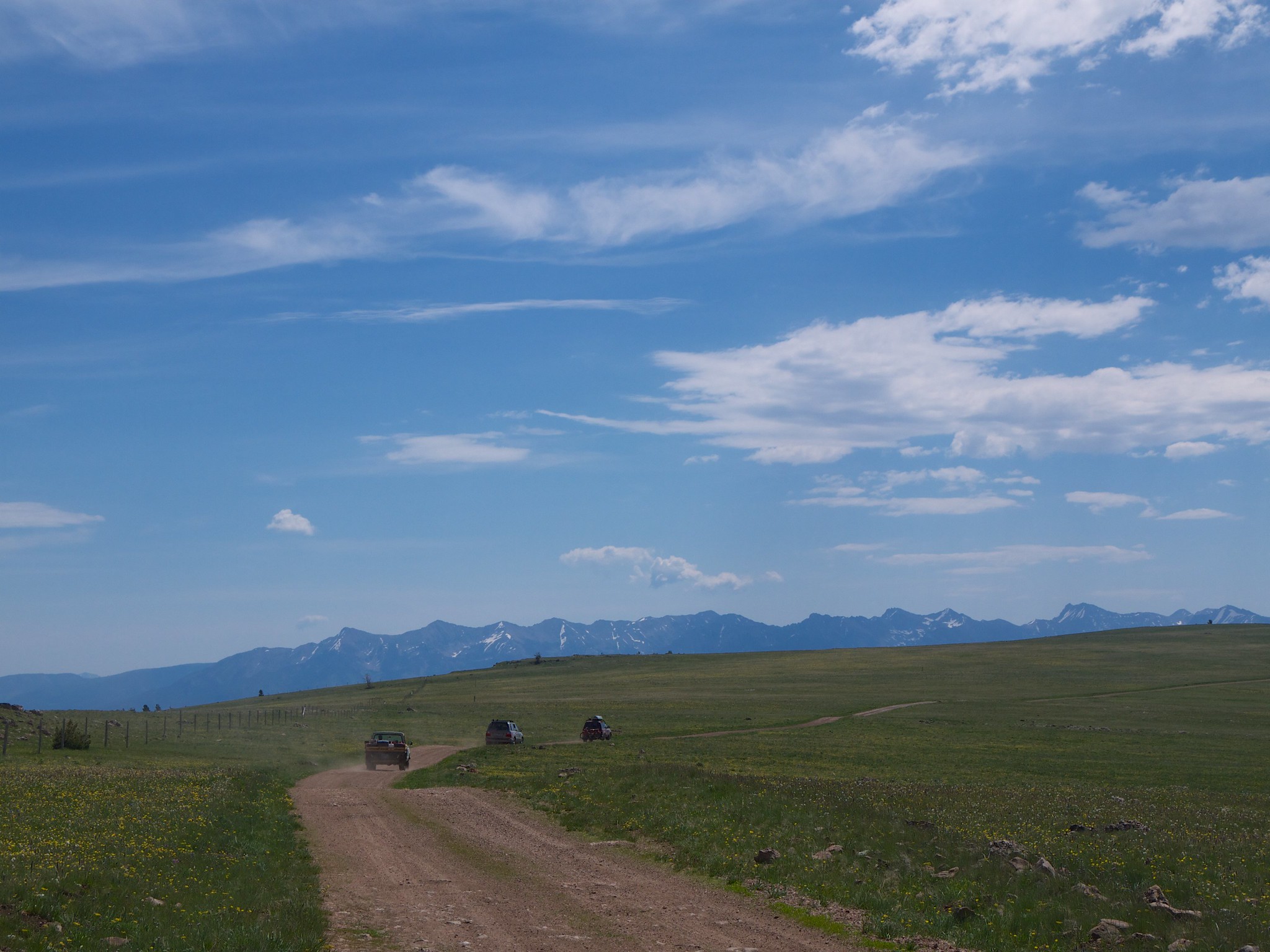
This 70-mile unpaved route across southwestern Montana traverses high meadows, dense forests, and alpine tundra rarely seen by Yellowstone visitors. Wildflower displays blanket open meadows in July and August, while numerous primitive camping spots allow for multi-day exploration of side roads leading to abandoned mining sites.
The road’s highest points offer expansive views across the Madison Range toward Yellowstone with opportunities to spot elk, moose, and bear without the traffic jams caused by wildlife sightings inside the park.
Quake Lake Visitor Center
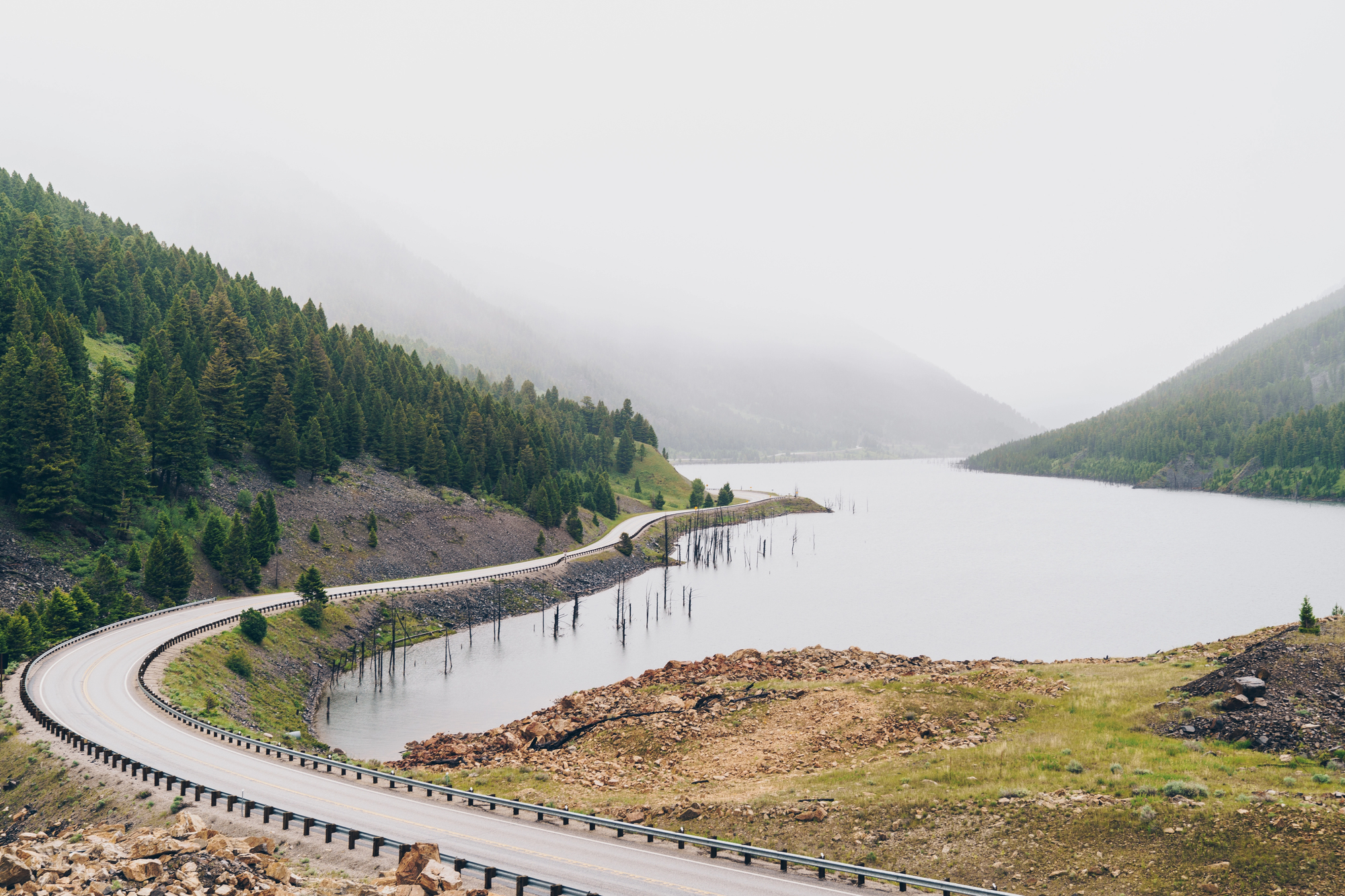
This modest interpretive site tells the dramatic story of the 1959 earthquake that created a natural dam across the Madison River, forming a new lake and permanently altering the landscape. Trails around the center lead to viewpoints overlooking the ghostly remains of trees still standing in the lake after being flooded over 60 years ago.
The visitor center displays personal artifacts recovered from the campground buried during the disaster alongside scientific exhibits explaining the region’s ongoing geological activity.
Mesa Falls Scenic Byway
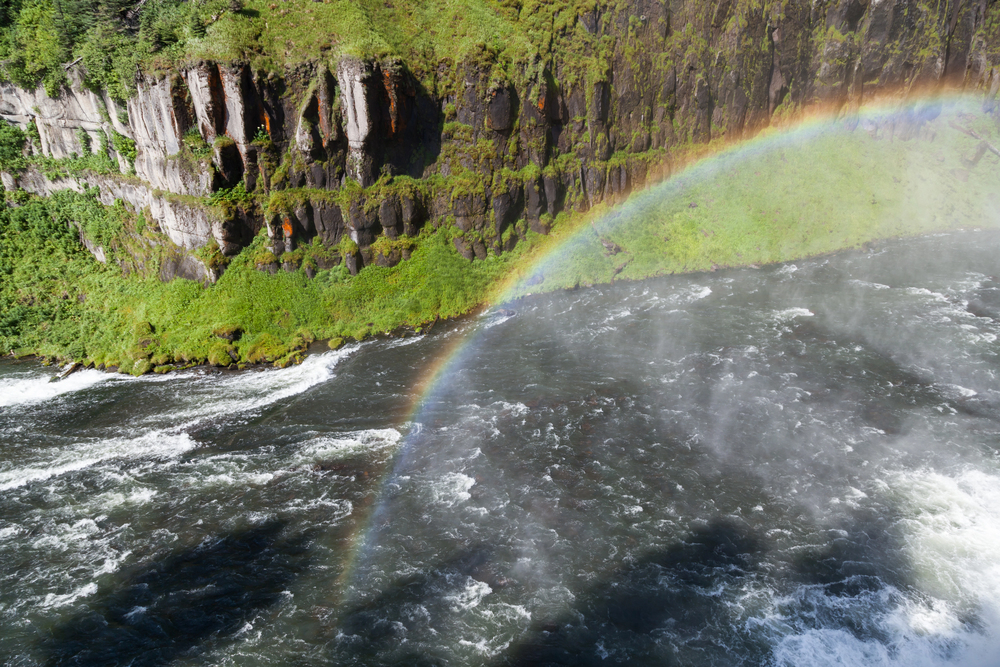
This 28-mile route through Caribou-Targhee National Forest features two magnificent waterfalls often overlooked in favor of Yellowstone’s more famous cascades. Upper Mesa Falls thunders 114 feet over a volcanic ridge with a historic lodge offering interpretive displays about local ecology and pioneer history.
The byway passes through diverse forest ecosystems with numerous pullouts where interpretive panels explain the area’s natural and cultural heritage without the crowds found at similar sites within the park.
Harriman State Park

This former railroad magnate’s retreat in Idaho’s Island Park protects a pristine stretch of Henry’s Fork River surrounded by lodgepole forests and meadow systems. Eight miles of the legendary fly-fishing stream flow through the park, drawing passionate anglers seeking native cutthroat trout in peaceful settings.
Winter transforms the park into a Nordic skiing destination where groomed trails cross frozen meadows and wildlife sightings increase as animals utilize the protected habitat.
Centennial Valley
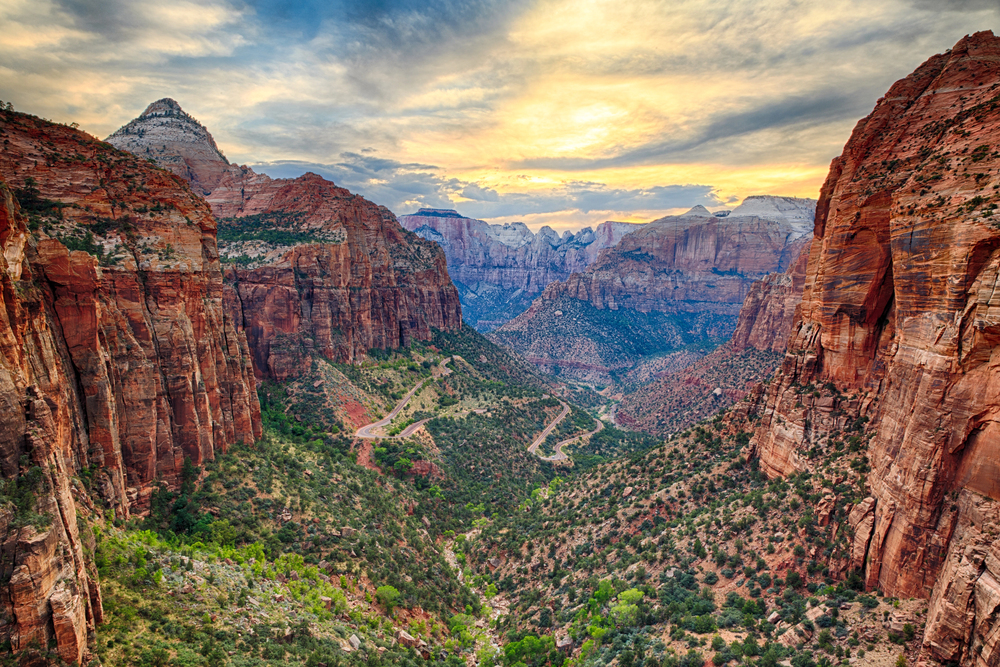
This remote valley southwest of Yellowstone harbors the Red Rock Lakes National Wildlife Refuge, where some of the last wild trumpeter swans were discovered in the 1930s when the species neared extinction. Primitive roads cross through wetland complexes where careful observers can spot sandhill cranes, moose, and migratory birds in habitats that represent what much of the region resembled before development.
The valley’s few year-round residents maintain traditional ranching operations, little changed from the 19th century.
Union Pass
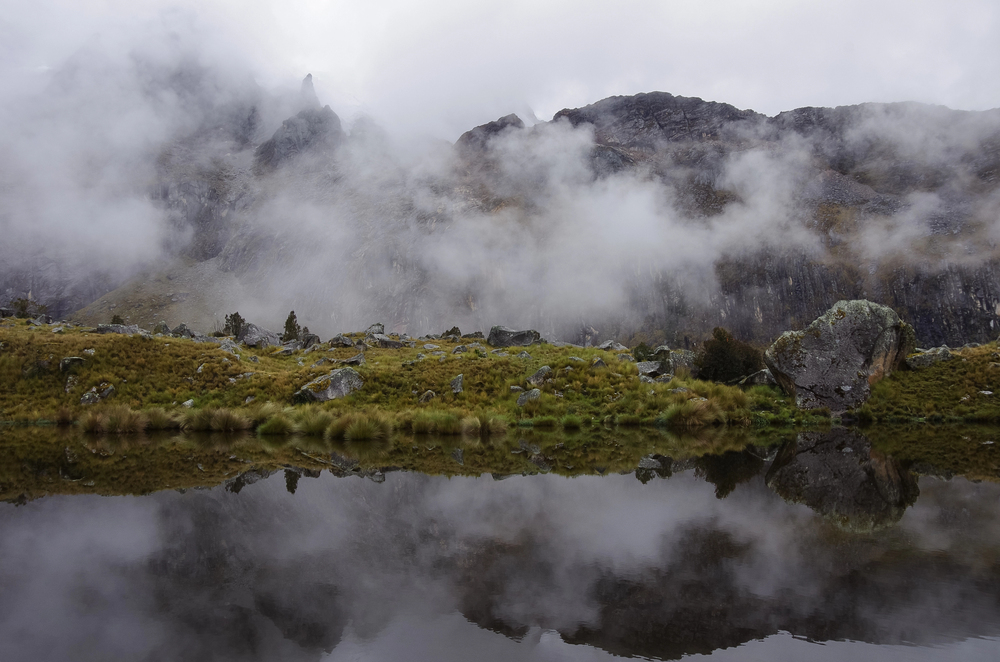
This historic mountain crossing between the Wind River and Absaroka Ranges follows routes used by indigenous peoples for centuries before European explorers arrived. The maintained gravel road climbs through changing forest zones before reaching open alpine meadows.
The Continental Divide creates a triple watershed divide, sending water toward three major watersheds: the Atlantic, Pacific, and Gulf of Mexico. Primitive camping areas along the route provide exceptional stargazing opportunities in areas certified as International Dark Sky territory.
Beartooth Highway Plateaus
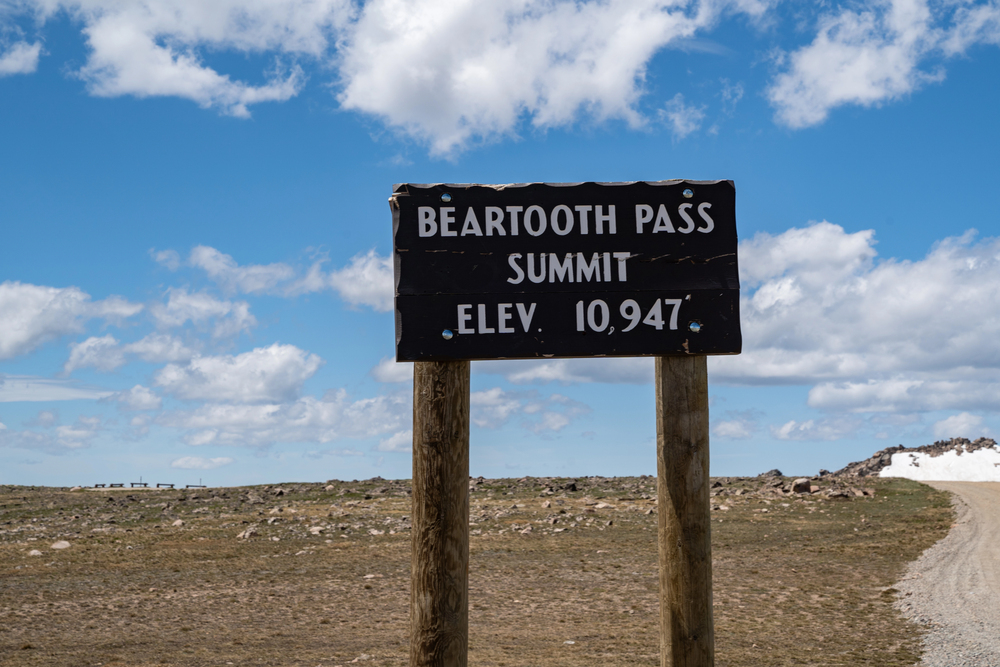
While the famous highway itself draws tourists, numerous unmarked pullouts access short trails to alpine lakes and viewpoints overlooking massive glacier-carved valleys. Adventurous hikers who venture off established paths discover miniature ecosystems where plants typically found near the Arctic Circle thrive in protected niches.
Late summer brings remarkable berry patches where careful visitors might share the bounty with black bears gathering calories for the coming winter.
Hebgen Lake Backcountry
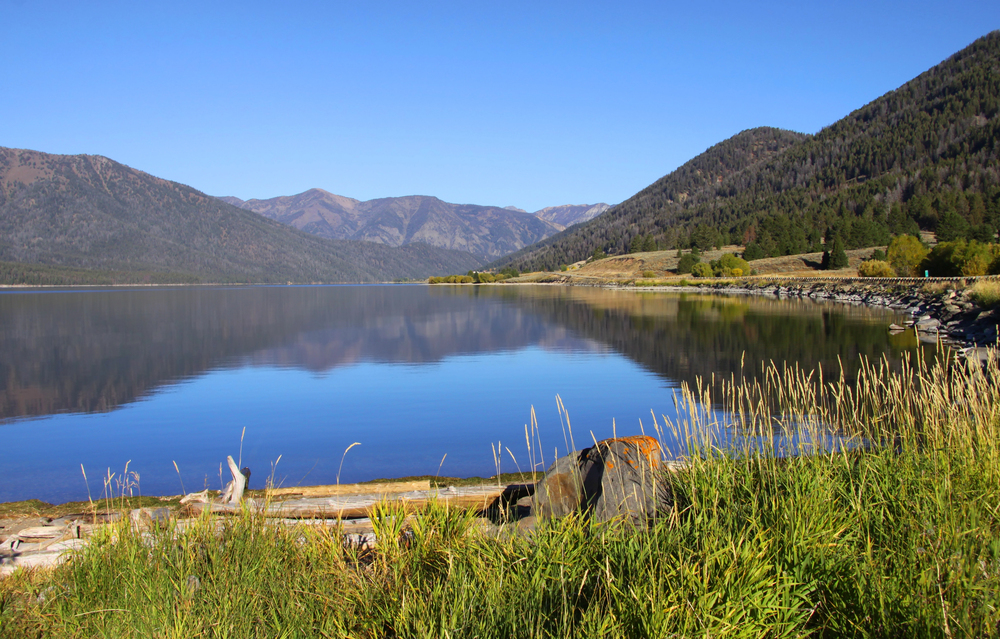
The northern shoreline of this large reservoir provides access to trail systems penetrating the Madison Range through areas damaged in the 2007 Cascade Fire. The forest regeneration process creates fascinating ecological study opportunities where wildflowers and young lodgepole pines reclaim terrain against a backdrop of standing snags.
Several primitive boat-in camping areas along the lake’s eastern shore offer complete solitude despite being less than 15 miles from West Yellowstone’s tourist bustle.
Tobacco Root Mountains
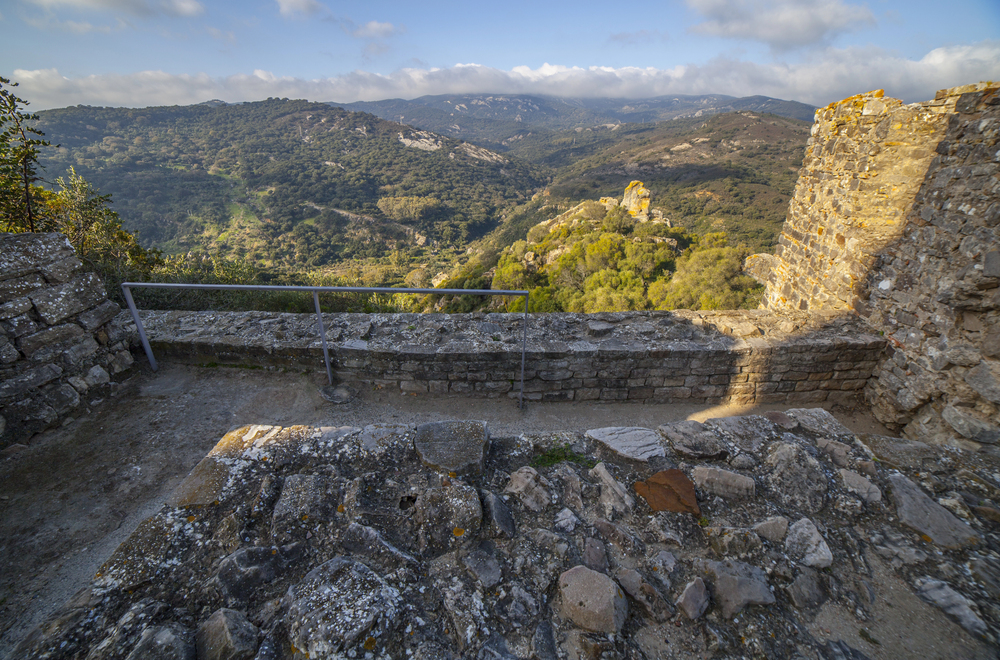
This compact mountain range northwest of Yellowstone features dozens of alpine lakes accessible via rough Forest Service roads and moderate hiking trails. Abandoned mining operations dot the landscape with crumbling cabins and equipment, offering windows into the region’s extraction history that predated Yellowstone’s preservation ethos.
The range’s central location provides spectacular sunset views where alpenglow illuminates Yellowstone’s boundary mountains from an outside perspective rarely experienced by park visitors.
Teton Valley Idaho
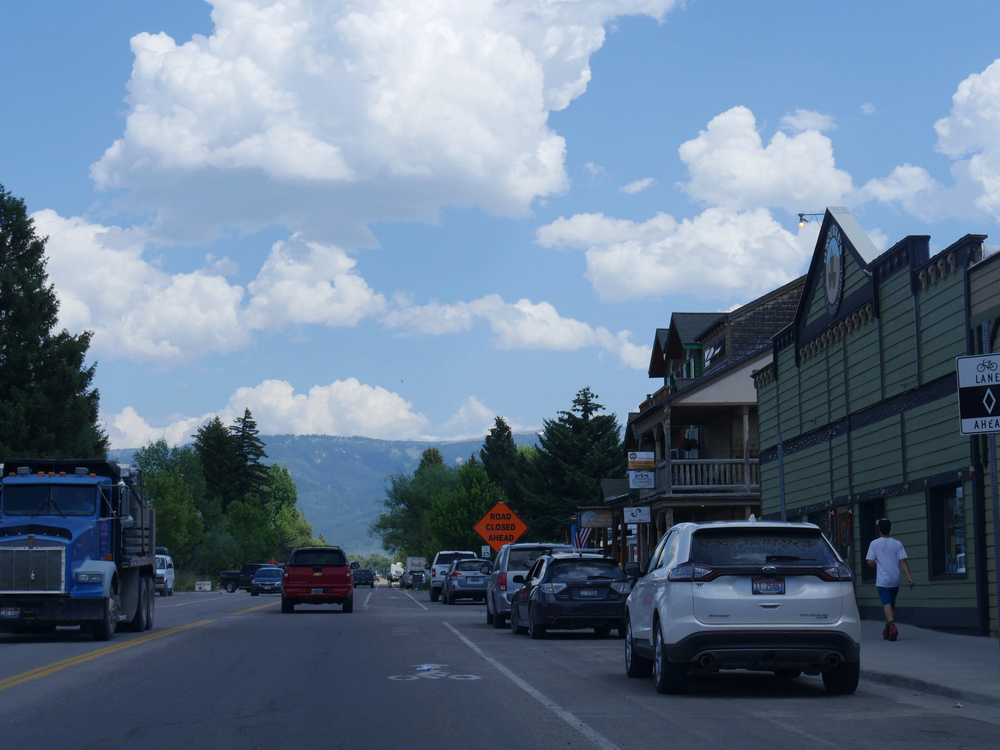
The western slope of the Teton Range offers breathtaking alpine views while preserving its agricultural roots, with working farms and ranches shaping a living cultural landscape. Backroads wind through fields of potatoes and barley, leading to national forest access points where trails climb toward the Teton crest through canyons mostly known to locals.
The valley’s small towns maintain an authentic western spirit, where locally owned businesses operate from historic buildings rather than catering to mass tourism.
Absaroka Beartooth Wilderness
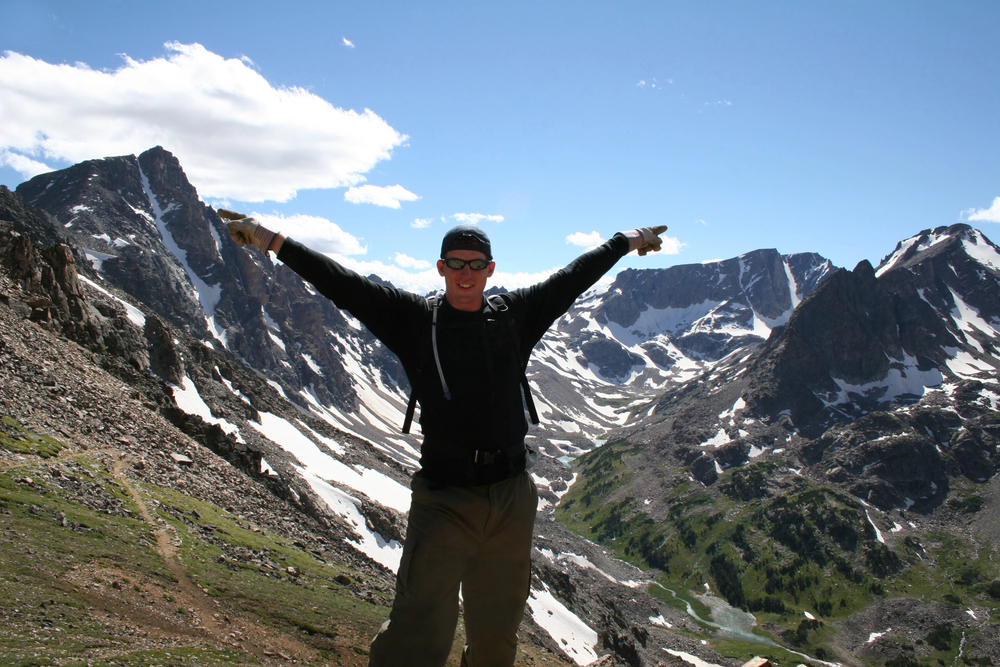
This massive wilderness area adjoining Yellowstone’s northern boundary contains hundreds of alpine lakes, rugged peaks, and valleys rarely seen by park visitors. The Stillwater and Boulder River drainages provide access to remarkably remote terrain where multi-day backpacking trips might not encounter other humans despite covering spectacular territory.
Several outfitters offer horseback support for accessing these roadless areas using traditional packing techniques essentially unchanged since the area’s exploration period.
Bechler Region
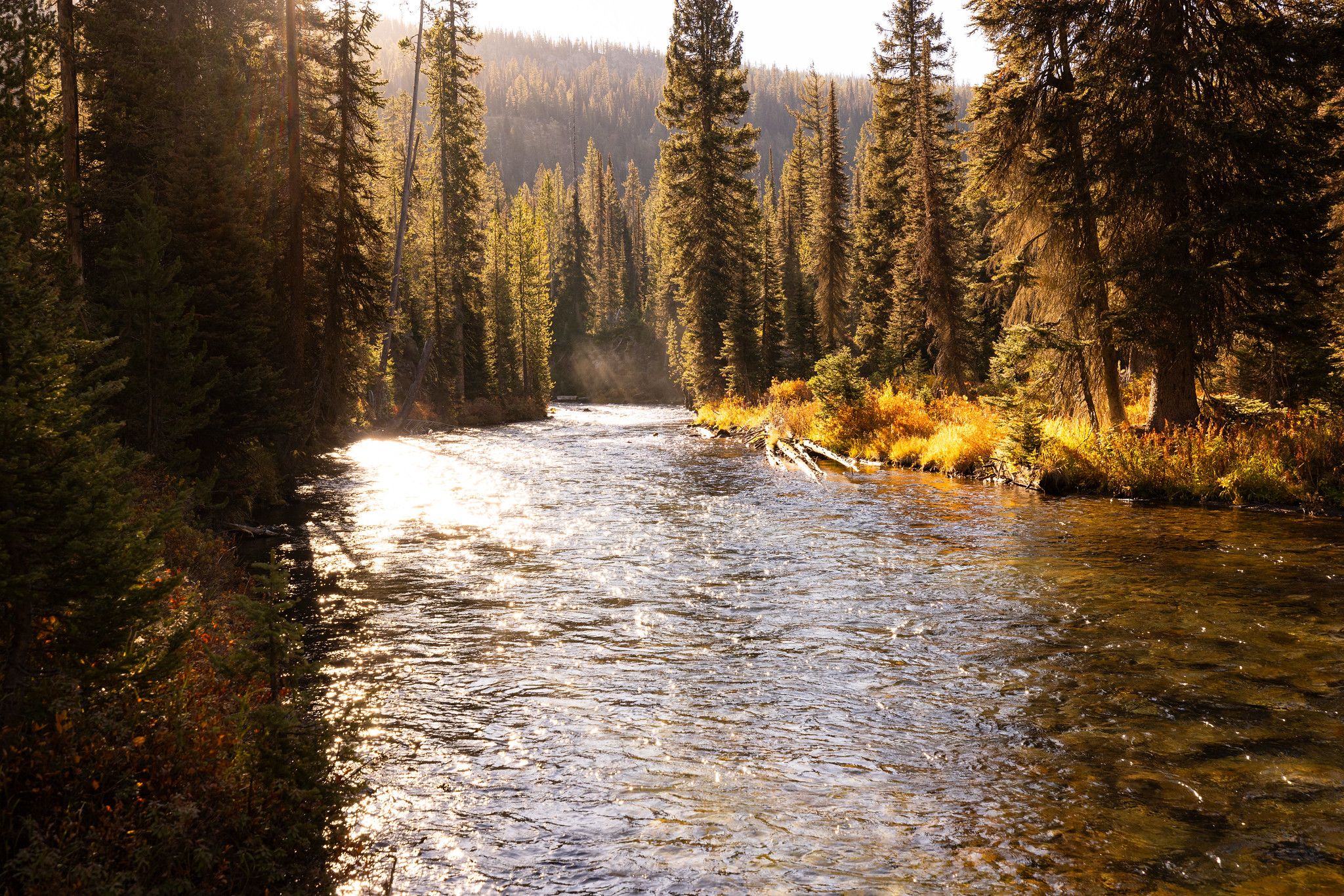
While technically inside Yellowstone’s boundaries, this remote southwestern corner remains virtually unknown to most visitors due to limited access and minimal facilities. The area’s abundant precipitation creates a network of waterfalls cascading through meadow systems where thermal features bubble without the boardwalks and viewing platforms found elsewhere in the park.
Summer hikers wade numerous stream crossings to reach backcountry thermal areas where careful visitors might soak in natural hot springs with proper precautions and wilderness ethics.
Dubois Badlands
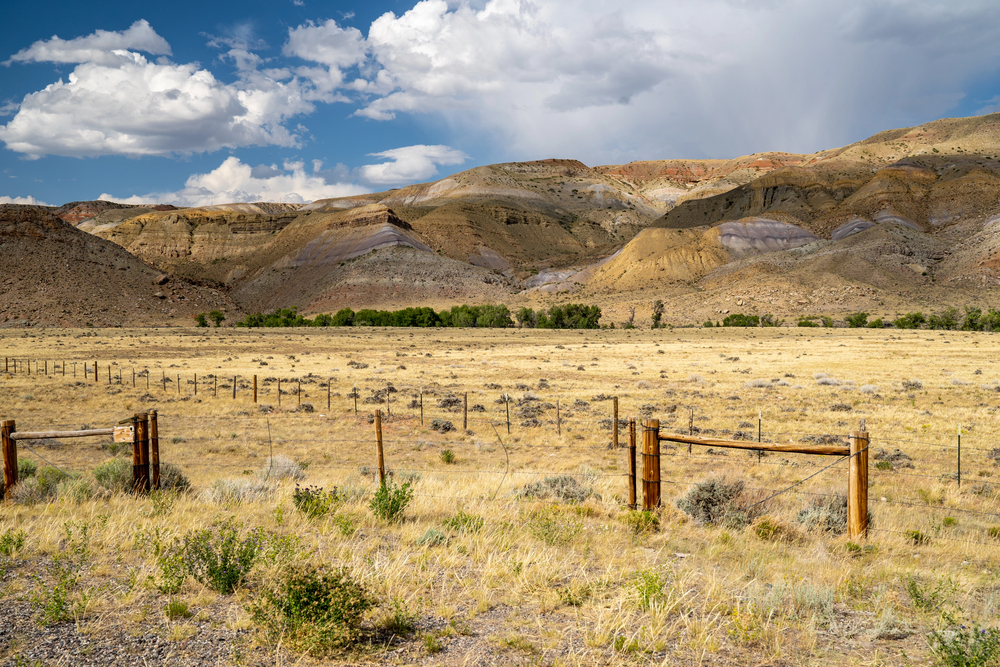
These eroded clay formations east of Yellowstone display remarkable color variations in striated hillsides, unveiling millions of years of geological history. Dawn and dusk light transform the landscape, as shifting shadows reveal erosion patterns across the otherworldly terrain reminiscent of more famous badlands farther east.
Local conservation easements protect critical migration corridors where elk and other ungulates move between summer and winter ranges following ancient patterns predating human presence.
Gallatin Petrified Forest
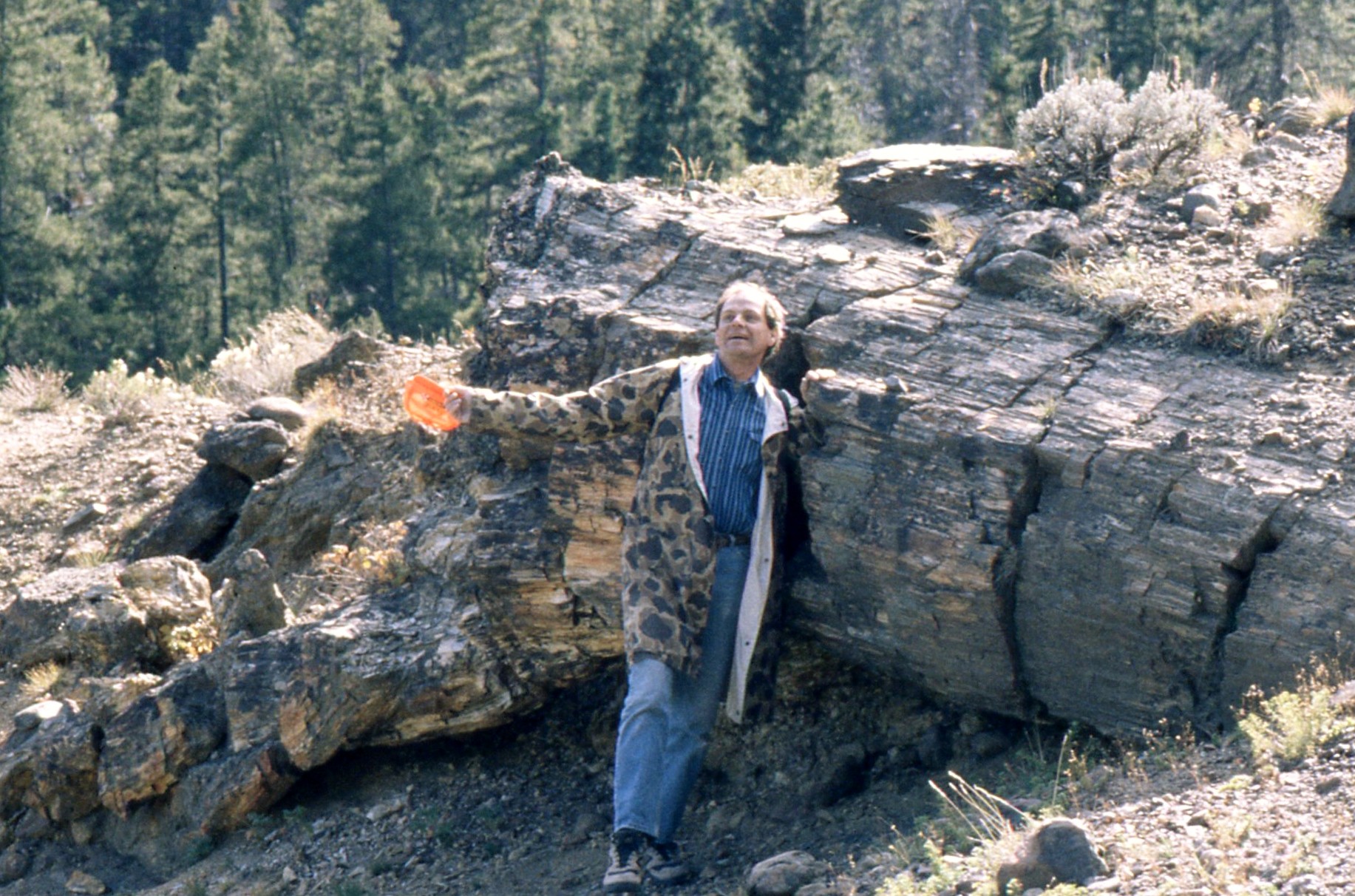
This unique geological feature contains one of the world’s largest concentrations of petrified wood exposed in multiple layers representing several successive prehistoric forests. Rough Forest Service roads access trailheads where short hikes reveal hillsides literally eroding ancient tree remains ranging from massive trunks to delicate fossilized leaves.
Designated collection areas allow visitors to examine specimens up close while educational signage explains the fossilization process and the different prehistoric environments represented in various layers.
Wind River Indian Reservation
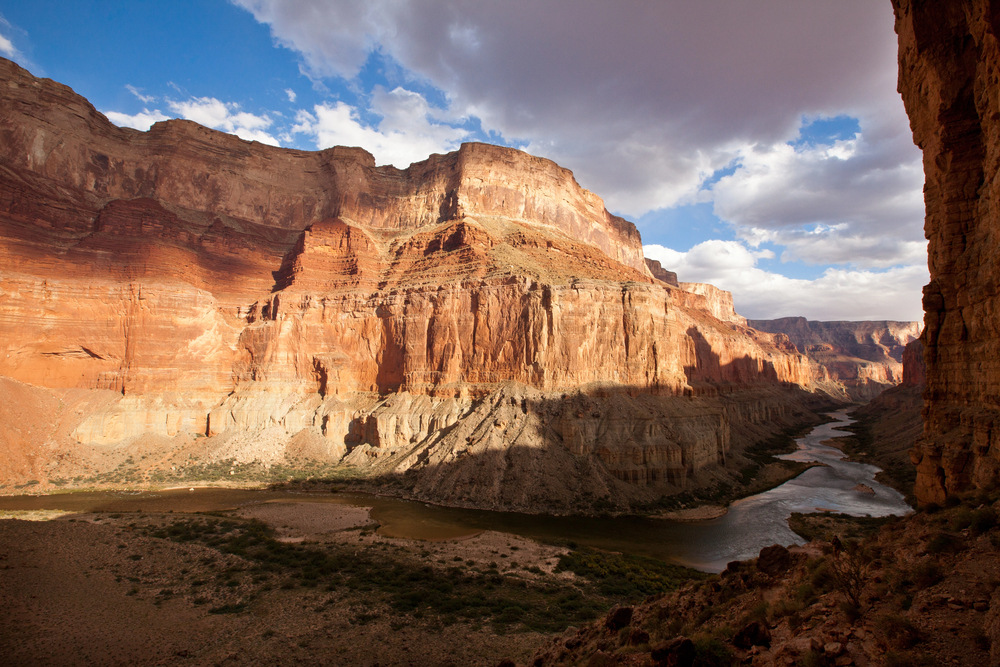
The Shoshone and Arapaho tribes welcome respectful visitors to portions of their sovereign territory where cultural demonstrations and interpretive programs explain their historical and contemporary connections to the Greater Yellowstone Ecosystem. The reservation’s eastern border follows the spectacular Wind River Range, where tribal guides offer unique perspectives on landscapes their ancestors have utilized for countless generations.
Visitors learn traditional ecological knowledge, complementing scientific understanding of natural processes shaping the region.
Lionhead Mountain

This distinctive peak near the Idaho-Montana border features an extensive trail system built and maintained primarily by volunteer mountain biking organizations, creating a world-class riding destination. Hiking these same routes provides access to subalpine meadows and expansive viewpoints overlooking Henry’s Lake and the Centennial Mountains beyond.
The adjacent Mike Horse drainage contains secluded camping areas beside tumbling streams where evening temperatures remain comfortable during summer heat waves affecting lower elevations.
Elkhorn Ghost Town
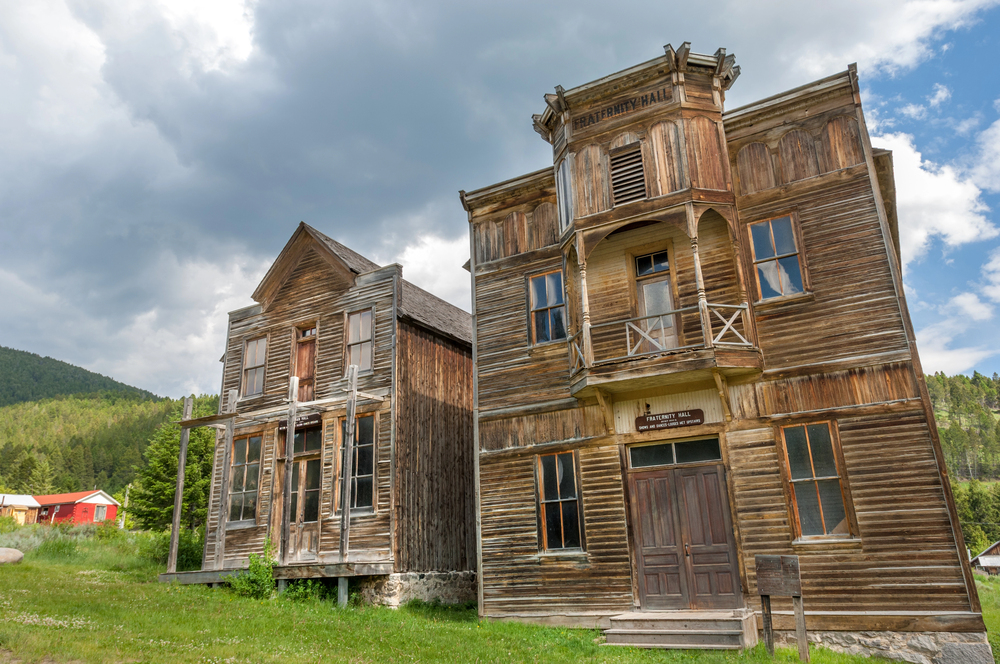
This remarkably preserved mining settlement between Yellowstone and Butte features authentic structures from the 1890s mining boom, including a two-story fraternal lodge still containing original furnishings and artifacts. Unlike commercially developed ghost towns, Elkhorn maintains an authentic sense of abandonment where self-guided exploration reveals daily life details from the area’s industrial heyday.
The cemetery on the hillside above town tells poignant stories through weathered markers documenting the harsh realities of frontier mining communities.
Yellowstone River, Paradise Valley
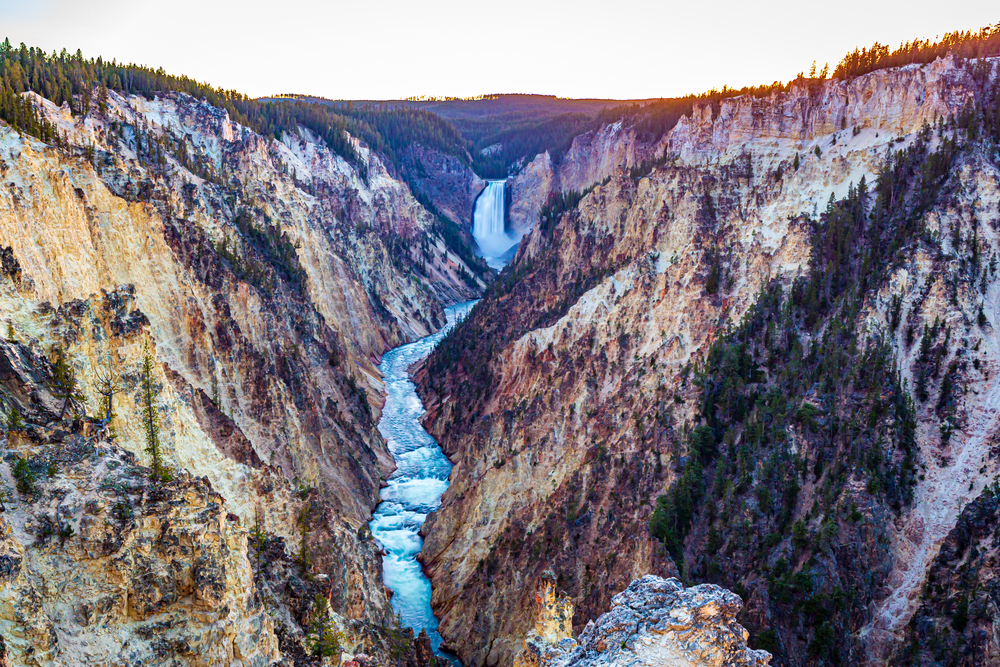
The river corridor north of Gardiner offers fishing access sites where anglers enjoy blue-ribbon trout streams without the fishing pressure found inside park boundaries. Backroads through working ranches lead to hiking access points ascending spectacular side canyons cutting into the Absaroka Range’s western flanks.
Evening light illuminates valley features with warm golden tones, creating exceptional photographic opportunities as distant thunderstorms build over mountain peaks during summer afternoons.
Palisades Backcountry
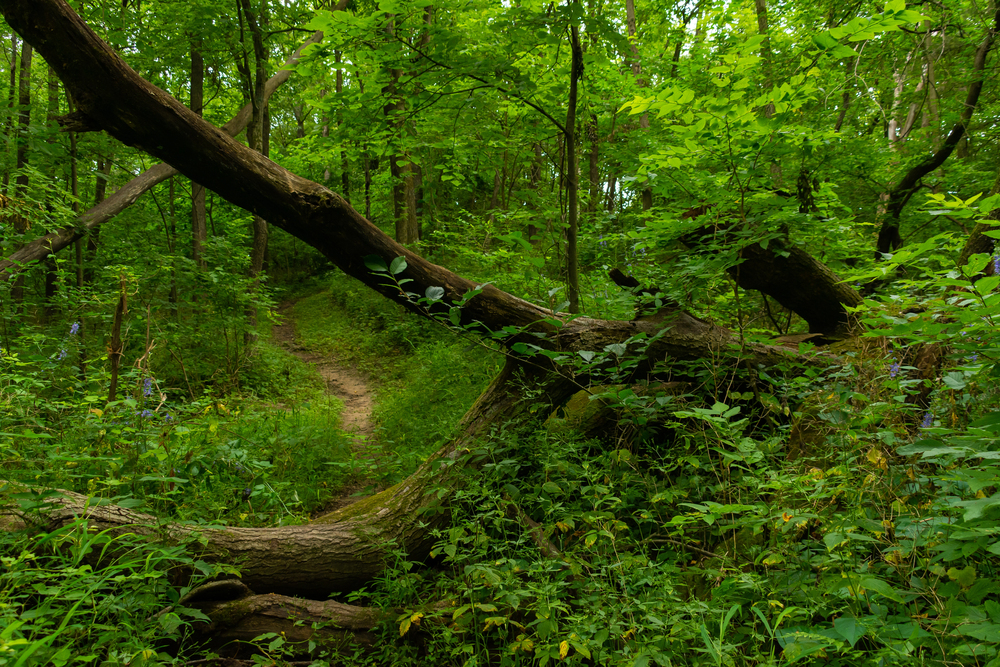
This mountainous region south of Jackson features numerous alpine lakes accessible via moderate hiking trails through diverse forest ecosystems, rarely visited despite their proximity to tourist centers. Fall brings spectacular color displays where aspen groves illuminate entire hillsides with golden light, contrasting against evergreen forests and rocky outcroppings.
Winter transforms the area into a backcountry skiing destination where untracked powder remains available days after storms that send tourists flocking to developed resorts.
Beyond the Boardwalks
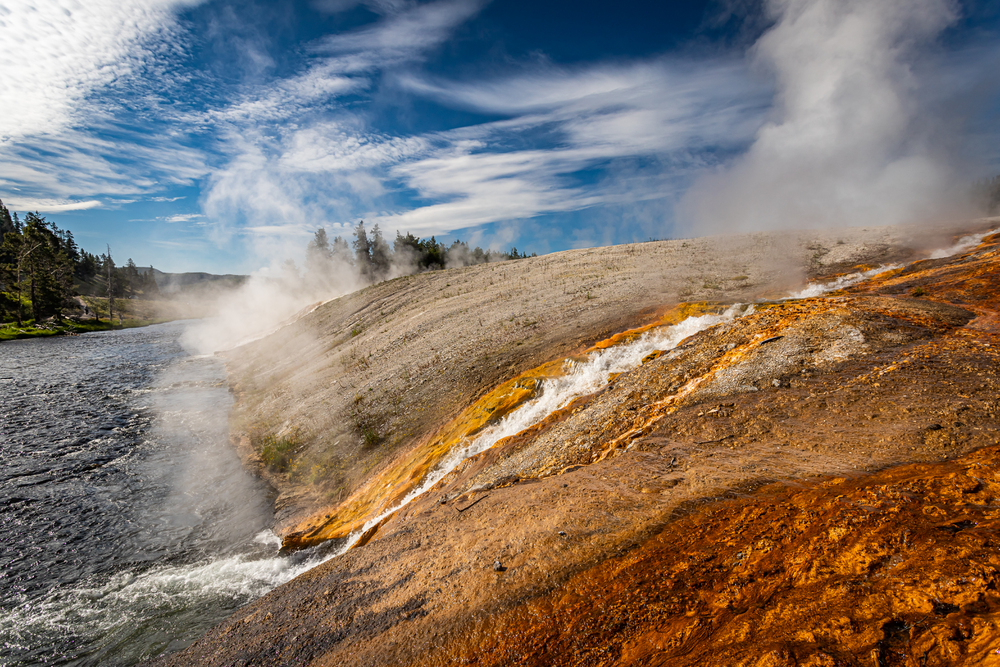
The Greater Yellowstone Ecosystem extends far beyond the park’s administrative boundaries, creating North America’s most intact temperate ecosystem spanning over 22 million acres of interconnected landscapes. These off-grid destinations offer visitors opportunities to experience the region’s natural and cultural heritage with a depth impossible to achieve along crowded park roadways.
By venturing beyond familiar attractions, travelers discover personal connections to landscapes where natural processes continue functioning much as they have for millennia, creating more lasting memories than another photograph of Old Faithful’s predictable eruption.
More from Travel Pug

- Cities Growing so Fast You Won’t Recognize Them in 10 Years
- 13 Destinations Where Tourists Regularly Regret Their Trip
- 16 U.S. Cities That Are Quietly Becoming Travel Hotspots
- Where to Travel If You Love Long Bus Rides and Daydreams
- 20 Cities Perfect for Solo Travelers Who Crave Adventure & Culture
Like Travel Pug’s content? Follow us on MSN.
